 |
RECORDING OF PROVISION FOR BAD DEBTS |
| << Accounting Examples with Solutions |
| SUBSIDIARY BOOKS >> |
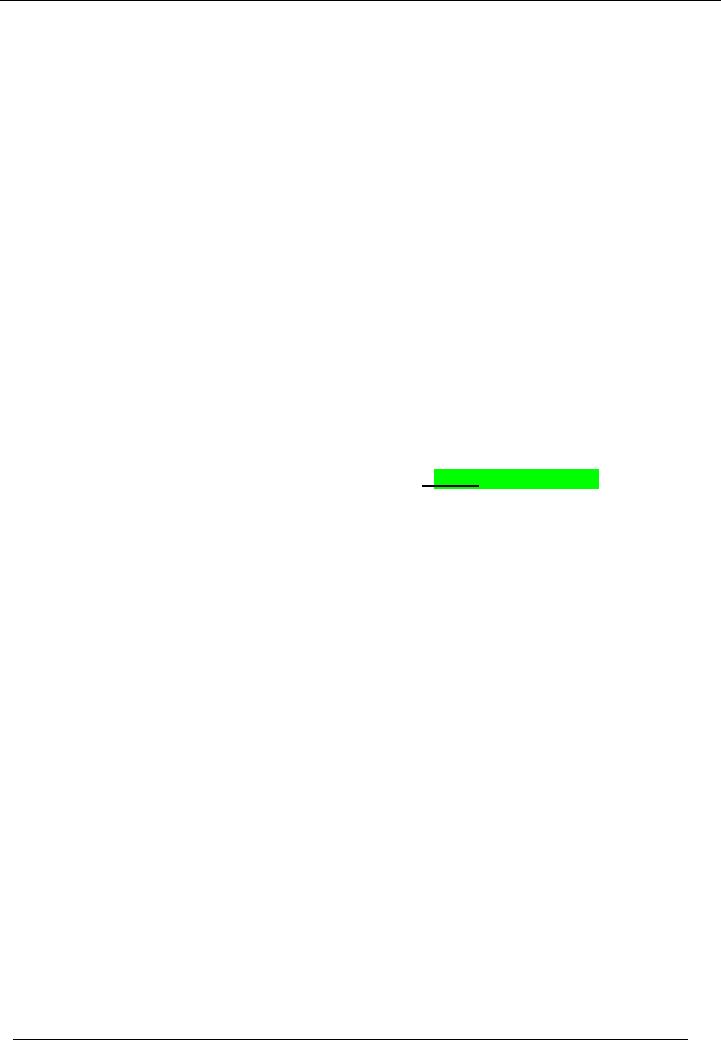
Financial
Accounting (Mgt-101)
VU
Lesson-25
RECORDING
OF PROVISION FOR BAD
DEBTS
·
Debit:
Provision
for Bad Debts (P&L)
Credit:
Provision
for Bad Debts
The
debit account is charged
against current years profit
and the credit head is shown as a
deduction from
debtors
in the balance sheet.
PRESENTATION
OF PROVISION FOR BAD
DEBTS
Extract
of P&L to show the
Provision
Profit
and Loss Account for the
year ended June 30,
20--
Gross
Profit
xxxxx
Less:
Admin Expenses
Provision
for bad debts
(5,000)
Extract
of Balance Sheet to show the
Provision
Current
Assets
Debtors
100,000
Provision
for Bad Debts
(5,000)
95,000
BAD
DEBTS & PROVISION FOR
BAD DEBTS
When
the bad debt for which
provision is already made is confirmed,
following entry is
passed:
Debit:
Provision
for Bad Debts
Credit:
Debtors
As
expense has already been
charged, therefore, no affect is given to P&L at this
point.
Reducing
the provision
Debit:
Provision
for Bad Debts (Balance
Sheet)
Credit:
Provision
for Bad Debts (P&L)
Increasing
the provision
Debit:
Provision
for Bad Debts (P&L)
Credit:
Provision
for bad debts
166
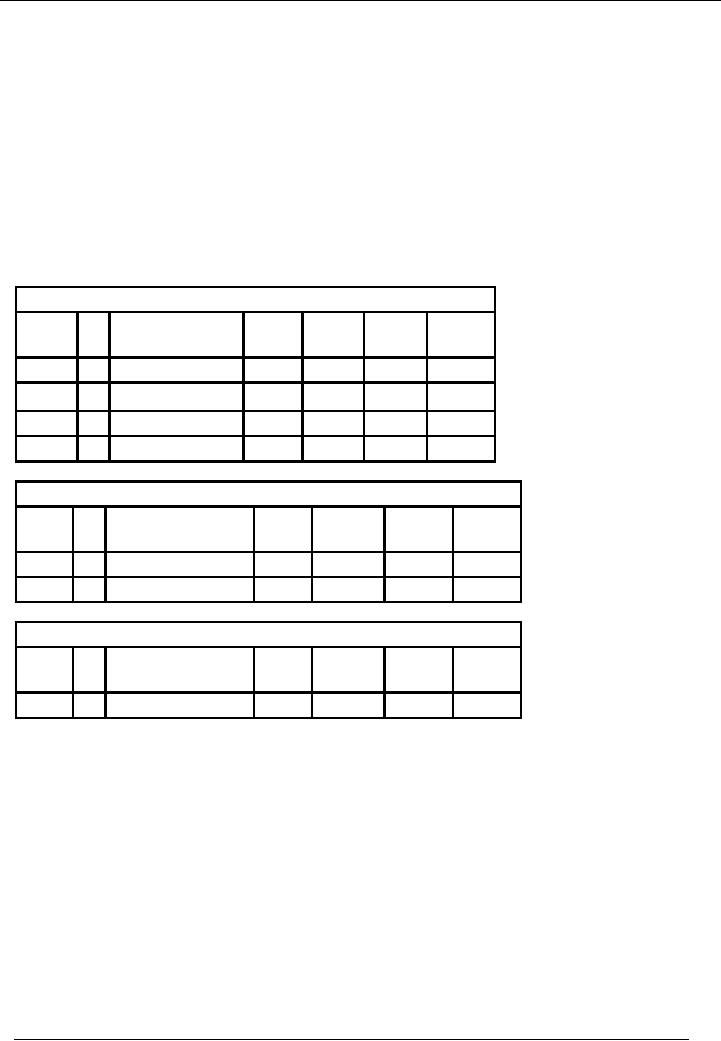
Financial
Accounting (Mgt-101)
VU
EXAMPLE
# 1
Following
information is available for A
Ltd. For the year ended
June 30, 2002.
· Bad
Debts During the year
November
1,100
January
640
April
120
· At the
year end total debtors
amounted to Rs. 68,000 out
which Rs. 2,200 is
considered to be
doubtful
/ bad.
Show
the relevant accounts and extracts
from Profit and Loss
and Balance Sheet.
SOLUTION
A
Ltd.
Bad Debts
Account
Account
Code --
Date
Vr.
Narration /
Ledger
DR.
CR.
Balance
2002
#
Particulars
Code
Amount
Amount Dr/(Cr)
Nov
01
Bad
Debts
1,100
1,100
Jan
Bad
Debts
640
1,740
Apr
Bad
Debts
120
1,860
June
30
Transfer to
P&L
1,860
0
A
Ltd.Provision for Bad and
Doubtful Debts(P & L)Account
Code --
Date
Vr.
Narration /
Ledger
DR.
CR.
Balance
2002
#
Particulars
Code
Amount
Amount
Dr/(Cr)
Jun
30
Provision
for the Year
2,200
2,200
Jun
30
Transfer to
P&L
2,200
0
A Ltd.
Provision for Bad and
Doubtful Debts (B/S)
Account
Code --
Date
Vr.
Narration /
Ledger
DR.
CR.
Balance
2002
#
Particulars
Code
Amount
Amount
Dr/(Cr)
Jun
30
Provision
for the Year
2,200
(2,200)
PRESENTATION
A
Ltd.
Profit and
Loss Account for the
year ended June 30,
2002
Gross
Profit
-------
Less:
Expenses
Bad
Debts
(1,860)
Provision
for bad debts
(2,200)
167
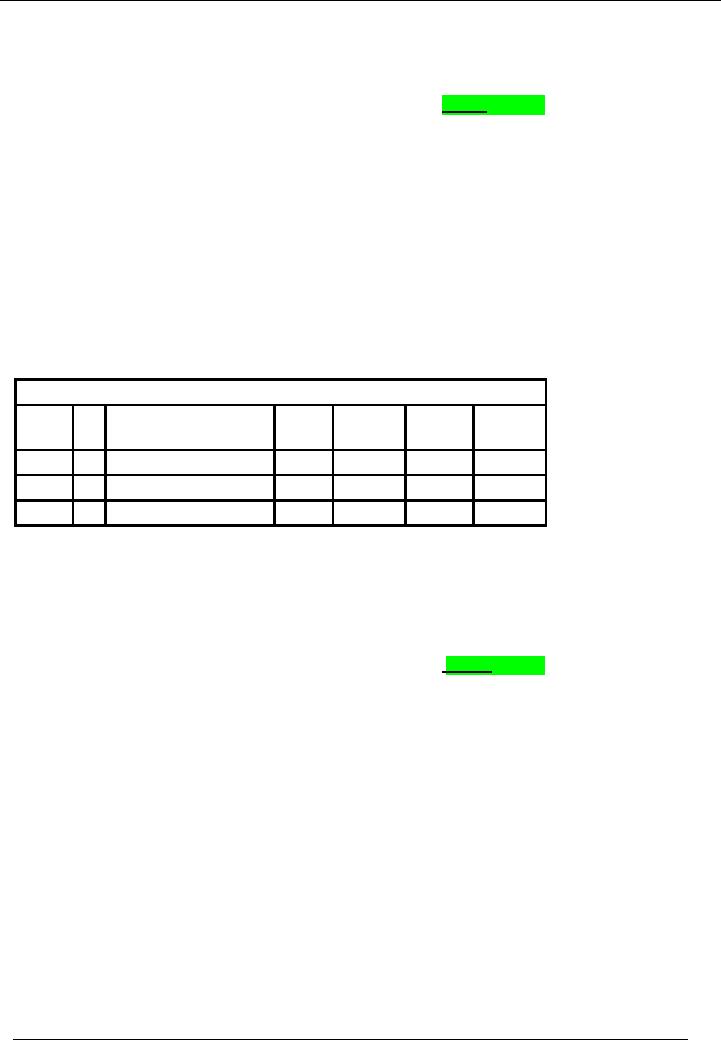
Financial
Accounting (Mgt-101)
VU
Extract
of Balance Sheet As On June
30, 2002.
Current
Assets
Debtors
68,000
Provision
for Bad Debts
(2,200)
65,800
EXAMPLE
# 2
A
business creates a provision
for bad debts @ 5% of its
debtors on balance sheet
date.
· On
Jan 01, 2002 the balance of
Provision was 6,600.
· During
the year debts written off
amounted to Rs. 5,400.
· On
December 31, 2002, debtors
totaled Rs. 62,000.
· Show
Bad debts Account and
provision for bad debts
account.
SOLUTION
Required
closing balance of
Provision
62000
x 5% = 3,100
Provision
for Bad and Doubtful Debts
Account (B/S)
Account
Code --
Date
Vr.
Narration /
Ledger
DR.
CR.
Balance
2002
#
Particulars
Code
Amount
Amount
Dr/(Cr)
Jan
01
Opening
Balance
6,600
(6,600)
Bad
Debts
5,400
(1,200)
Dec
31
Provision
for bad debts
1,900
(3,100)
PRESENTATION
Extract
of Balance Sheet
Current
Assets
Debtors
62,000
Provision
for Bad Debts
(3,100)
58,900
CONTROL
ACCOUNTS
We
have studied about
Purchases, Sales, Debtors
and Creditors in our previous lectures.
We have also
studied
that trial balance works as a
check of mathematical accuracy of the
book keeping. If the trial
balance
is not
balanced, then it indicates an
error in recording of transactions. To
detect this error one has to
go
through
all the transactions during the
year to detect the error. Now, if the
size of the business is small,
it
would
be easier to detect the difference. But
if the business is large, then it
becomes difficult to detect
the
difference. To
solve this problem, a system of checks is
devised so that the ledger
accounts are distributed
in
smaller
groups and a trial is
prepared for every
group.
Usually
with the growth of business, the number
of suppliers (creditors) and
customers (debtors) grow. So,
if
we open a
separate ledger account for
every creditor and debtor,
then the general ledger and
trial balance
would
become too voluminous to
manage. Therefore, in order to simplify
things, one ledger each
is
maintained
for Debtors and Creditors.
The Debtors Ledger is called
Total Debtors Ledger or Sales
Ledger
Control
Account (as
Credit sales are recorded in
this account). The Creditors Ledger is
called Total
Creditors
Ledger or Purchase
Ledger Control Account (as
Credit purchases are
recorded in this ledger).
In General
Ledger one account is kept
for all the Debtors, called
Debtors
Control Account, and
one for
Creditors,
called Creditors
Control Account.
168
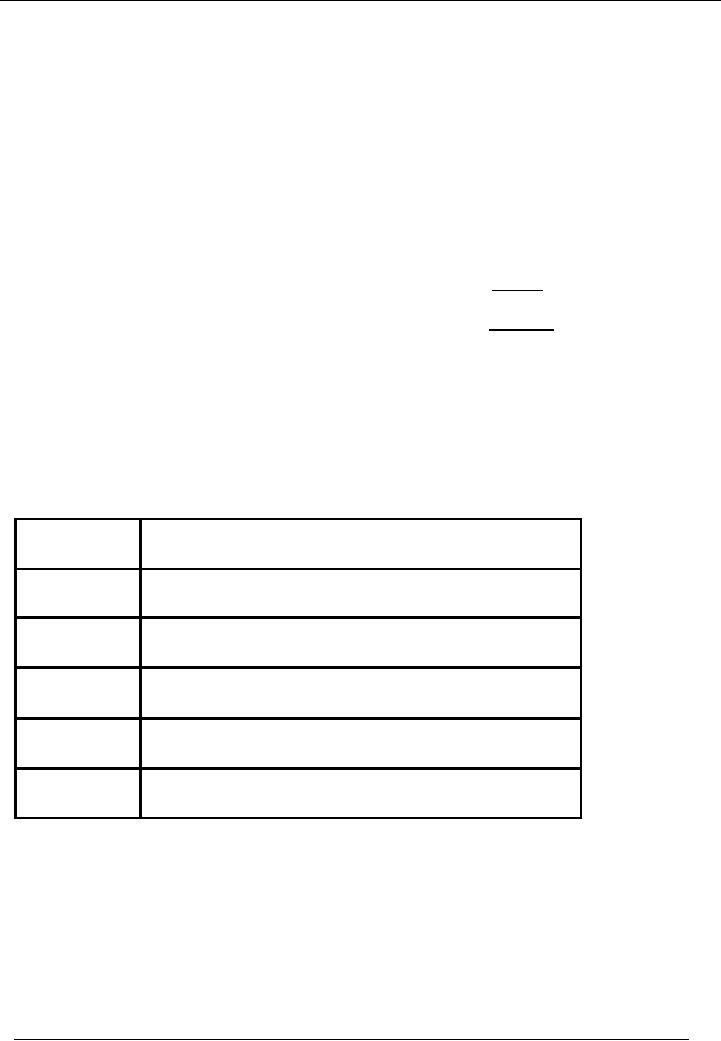
Financial
Accounting (Mgt-101)
VU
The
principle on which control
accounts are based is simple
and is as follows:
· If the
opening balance of an account is
known, together with the total of
deductions and additions
entered
in the account, the closing balance
can be calculated.
· The
same method is applied to the whole
ledger, the total of opening
balances together with the
additions
and deductions during the
period should give the total of closing
balances.
· Therefore,
individual creditor's and debtor's
accounts are opened in the
total creditors' ledger
and
total
debtors ledger and their
summarized figures are
posted in the respective Control Accounts
in
the General
Ledger.
The
principle described above
can be illustrated as follows:
Take
the example of Total Debtors
Account:
· Total
of Opening Balances
Dr.
Rs.
200,000
· Add.
Total of Debit
entries
Rs.
650,000
850,000
·
Less
Total of Credit
entries
Rs.
(300,000)
650,000
The
balance of Debtors control
account in the general ledger should be
Rs. 650,000. If this is not
so, then
there
is an error in the procedure of recording,
which should be traced
out.
INFORMATION
FOR CONTROL ACCOUNTS
DEBTORS
In the
above illustration, we used
some information. Now we
will study the sources from
which the
information
is obtained.
Type
of
Source of Information
Information
Opening
balance List of debtors
balances drawn up to the end of previous
period.
of
debtors
Credit
Sales
A
separate book is maintained to record
individual transactions.
Totals
are drawn from this
book
Sales
Return
A
separate book is maintained to record
individual transactions.
Totals
are drawn from this
book
Cheques/Cash
List
of receipts is extracted from
cash and bank book.
Received
Closing
Balance
This
is the balancing figure that
can also be checked from the
list of
individual
balance of debtors.
169
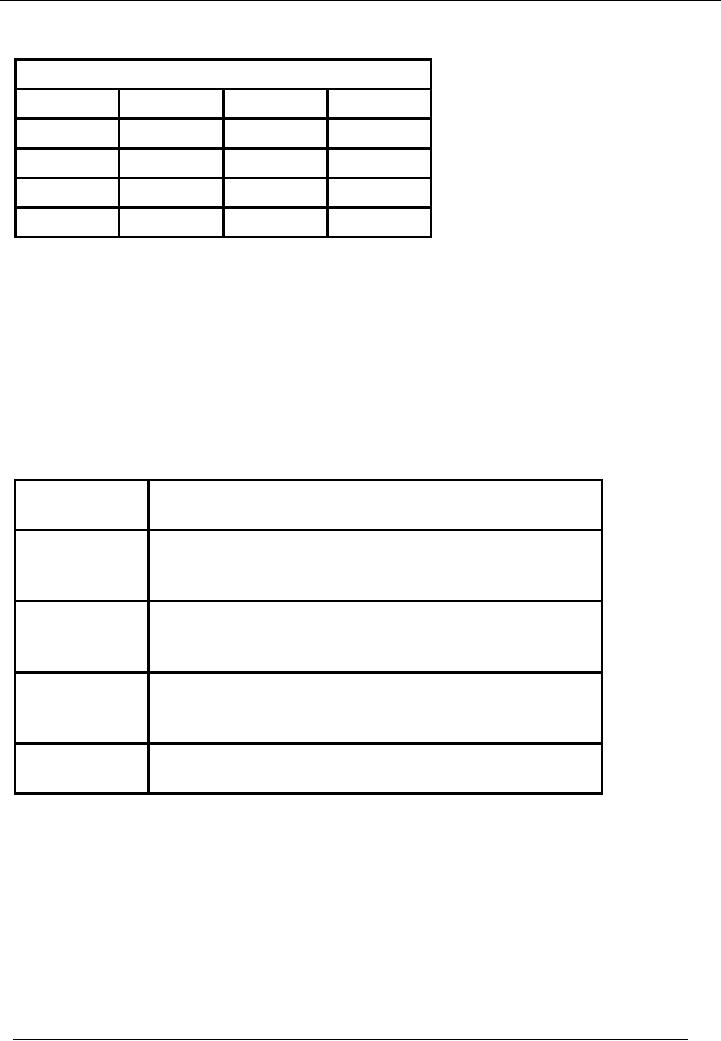
Financial
Accounting (Mgt-101)
VU
Consider
the following data:
Sales
Journal
Date
Invoice
#
Name
Amount
Jan,
20--
A
10,000
Jan,
20--
B
12,500
Jan,
20--
C
15,000
Total
37,500
Total
of sales journal will be
recorded in the Debtors Control
Account through the following
entry:
Debit:
Debtors
Control Account
37,500
Credit:
Sales
Account
37,500
Note
that cash sales are not included in this
whole process. They are
directly recorded in the
general
ledger.
INFORMATION
FOR CONTROL ACCOUNTS
CREDITORS
The
information flow in case of
creditors is similar to debtors,
which is listed here:
Opening
balance of List of creditors
balances drawn up to the end of previous
period.
debtors
Credit
Purchases
A
separate book is (purchase
journal) is maintained to record
individual
transaction. Totals are drawn from this
book
Purchase
Return
A
separate book is (purchase
return journal) is maintained to
record
individual
transaction. Totals are drawn from this
book
Cheques/Cash
Paid List of payments is
extracted from cash and bank
book. Or a separate
column is
maintained in cash and bank books for
this purpose.
Closing
Balance
This is the
balancing figure that can
also be checked from the
list of
individual
balance of debtors.
170
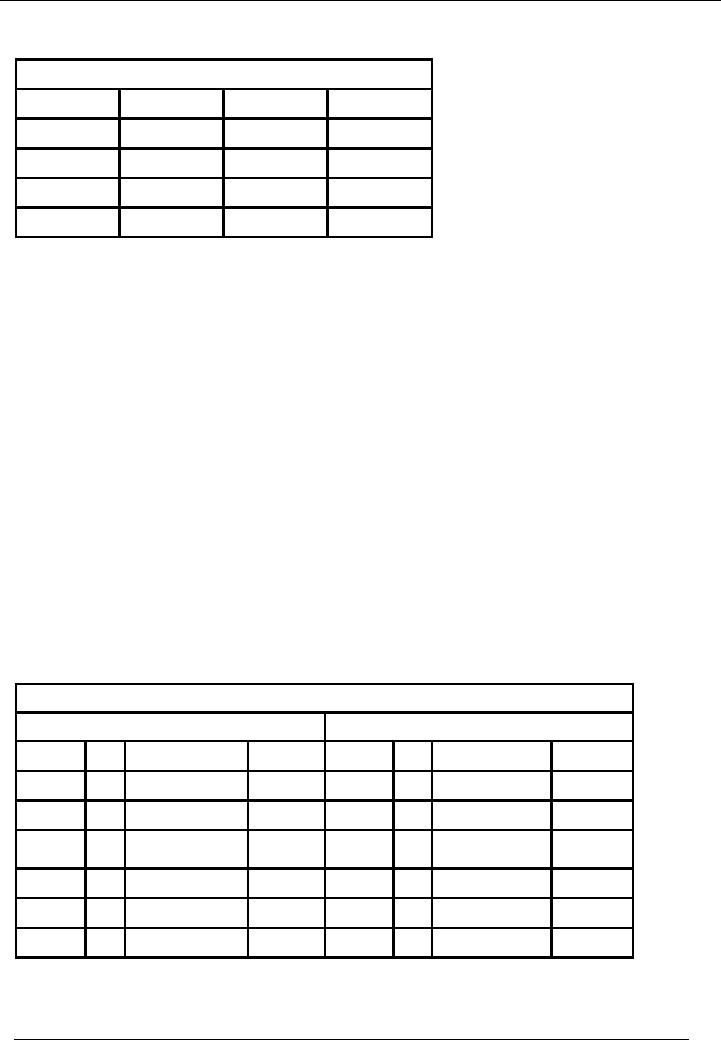
Financial
Accounting (Mgt-101)
VU
Consider
the following data:
Purchase
Journal
Date
Invoice
#
Name
Amount
Jan,
20--
X
5,500
Jan,
20--
Y
9,000
Jan,
20--
Z
8,500
Total
23,000
Total
of purchase journal will be
recorded in the Creditors Control Account
through the following entry:
Debit:
Purchases
Account
23,500
Credit:
Creditors
Control Account
23,500
Note
that cash purchases are not
included in this whole process. They
are directly recorded in
the
general
ledger.
EXAMPLE
# 1
Prepare
a Creditors Control Account from the
following data and work
out the closing balance on
April 30,
of
creditors.
Apr.
1
Opening
Balance
44,500
Totals
for May:
Total
Credit Purchases
32,000
Purchase
Return
6,200
Cheques
and Cash paid
28,800
Discounts
received
2,500
SOLUTION
Creditors
Control Account
Account
Code --
Debit
Side
Credit
Side
Date
No.
Narration
Dr.
Rs.
Date
No.
Narration
Cr.
Rs.
April
30
Purchase
return
6,200
April 01
Balance
B/F
44,500
April
30
Payments
28,800
April 30
Total
Purchases
`32,000
April
30
Discounts
2,500
received
Balance
C/F
39,000
Total
76,500
Total
76,500
EXAMPLE
# 2
Prepare
a Debtors control Account
from the following data and
work out the closing balance
on May 31, of
debtors.
171
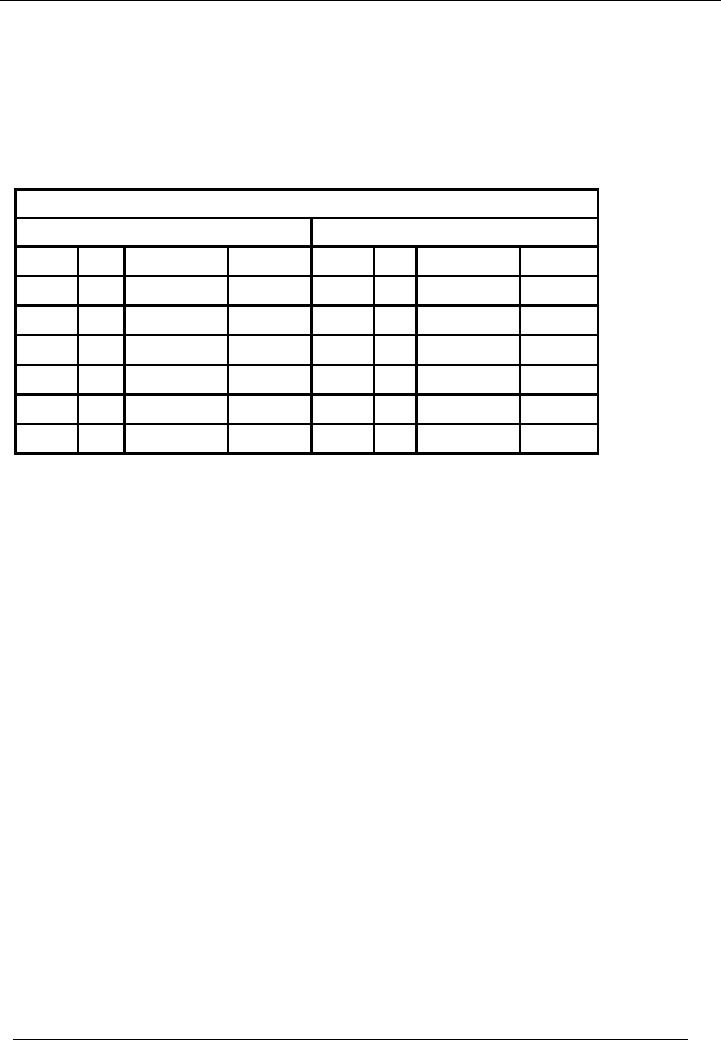
Financial
Accounting (Mgt-101)
VU
May 1
Opening Balance
70,000
Totals
for May
Total
Credit Sales (Sales
Journal)
26,000
Returns
Inward (Sales Inward
Journal)
3,400
Cheques
and Cash received
46,000
Discounts
allowed
3,700
SOLUTION
Debtors
Control Account
Account
Code --
Debit
Side
Credit
Side
Date
No.
Narration
Dr.
Rs.
Date
No.
Narration
Cr.
Rs.
May1
Bal
B/F
70,000
May31
Returns
3,400
May31
Total
sales
26,000
May31
Receipts
46,000
May31
Discounts
3,700
May31
Bal
C/F
42,900
Total
96,000
Total
96,000
172
Table of Contents:
- Introduction to Financial Accounting
- Basic Concepts of Business: capital, profit, budget
- Cash Accounting and Accrual Accounting
- Business entity, Single and double entry book-keeping, Debit and Credit
- Rules of Debit and Credit for Assets, Liabilities, Income and Expenses
- flow of transactions, books of accounts, General Ledger balance
- Cash book and bank book, Accounting Period, Trial Balance and its limitations
- Profit & Loss account from trial balance, Receipt & Payment, Income & Expenditure and Profit & Loss account
- Assets and Liabilities, Balance Sheet from trial balance
- Sample Transactions of a Company
- Sample Accounts of a Company
- THE ACCOUNTING EQUATION
- types of vouchers, Carrying forward the balance of an account
- ILLUSTRATIONS: Ccarrying Forward of Balances
- Opening Stock, Closing Stock
- COST OF GOODS SOLD STATEMENT
- DEPRECIATION
- GROUPINGS OF FIXED ASSETS
- CAPITAL WORK IN PROGRESS 1
- CAPITAL WORK IN PROGRESS 2
- REVALUATION OF FIXED ASSETS
- Banking transactions, Bank reconciliation statements
- RECAP
- Accounting Examples with Solutions
- RECORDING OF PROVISION FOR BAD DEBTS
- SUBSIDIARY BOOKS
- A PERSON IS BOTH DEBTOR AND CREDITOR
- RECTIFICATION OF ERROR
- STANDARD FORMAT OF PROFIT & LOSS ACCOUNT
- STANDARD FORMAT OF BALANCE SHEET
- DIFFERENT BUSINESS ENTITIES: Commercial, Non-commercial organizations
- SOLE PROPRIETORSHIP
- Financial Statements Of Manufacturing Concern
- Financial Statements of Partnership firms
- INTEREST ON CAPITAL AND DRAWINGS
- DISADVANTAGES OF A PARTNERSHIP FIRM
- SHARE CAPITAL
- STATEMENT OF CHANGES IN EQUITY
- Financial Statements of Limited Companies
- Financial Statements of Limited Companies
- CASH FLOW STATEMENT 1
- CASH FLOW STATEMENT 2
- FINANCIAL STATEMENTS OF LISTED, QUOTED COMPANIES
- FINANCIAL STATEMENTS OF LISTED COMPANIES
- FINANCIAL STATEMENTS OF LISTED COMPANIES